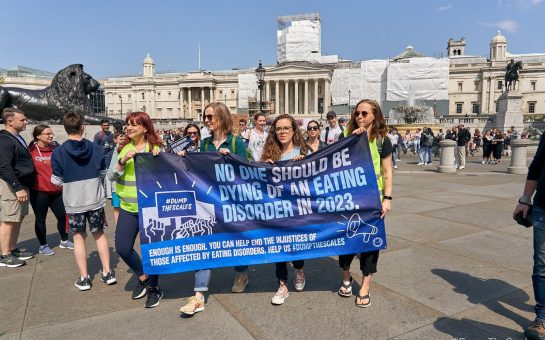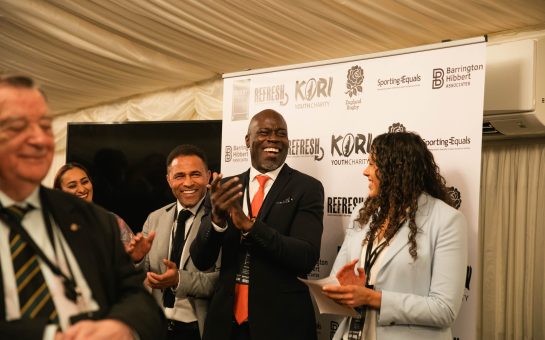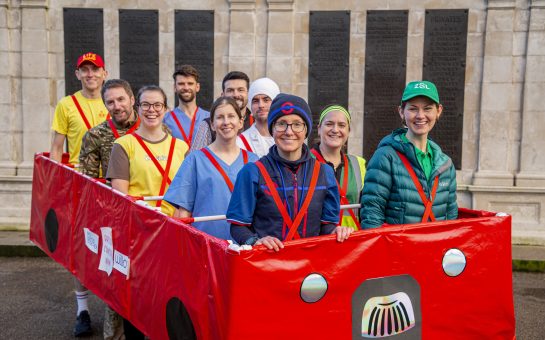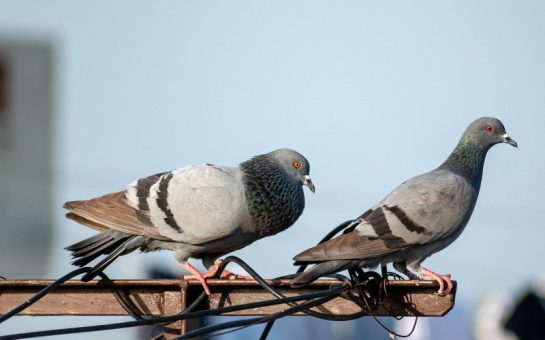Escaped African American slaves and freedom fighters Ellen and William Craft are the latest individuals to be honoured with a blue plaque in Hammersmith.
The plaque, unveiled on 30 September, marks 26 Cambridge Grove, a mid-Victorian house in Hammersmith where they settled and raised a family in the mid-19th century after fleeing slavery in the US.
Historian Dr Hannah-Rose Murray proposed the plaque to the Crafts.
She said: “Ellen and William Craft were courageous and heroic freedom fighters.
“Their daring escape from U.S. chattel slavery involved Ellen crossing racial, gender and class lines to perform as a white southern man.
“Their story inspired audiences on both sides of the Atlantic and when the Crafts reached Britain, they were relentless in their campaigns against slavery, racism, white supremacy, and the Confederate cause.
“I’m so excited that English Heritage has built on previous work by historians, archivists and local activists to honour their presence in Hammersmith and the UK in general.”

Founded in 1866, London’s blue plaque scheme, which has been run by English Heritage since 1986, celebrates historical figures on the site of the buildings in which they lived and worked.
From poets and scientists to politicians and activists, there are 319 blue plaques across south west London, but only eight dedicated to black icons.
Despite the blue plaque scheme’s long history, all but one of the eight plaques in south west London commemorating black figures have been erected since 2005.
The only plaque to honour a notable black figure before then was of composer Samuel Coleridge-Taylor, placed in Croydon in 1975.
In 2021, three plaques have so far been unveiled to minority ethnic figures across London.
Anna Eavis, curatorial director for English Heritage, said: “We are committed to celebrating the contributions of groups that have traditionally been underrepresented in history.
“Whilst, in percentage terms, the positive steps we’re taking to address this issue are not yet visible, we are proud that, for the past two years, a quarter of the blue plaques erected have commemorated figures from a minority ethnic background.”

Black History Month is celebrated every year in October to recognise the contribution and achievements of those with African or Caribbean heritage.
South west London’s blue plaques offer a way to remember the impact of black individuals all year round.
South west London’s black pioneers
Croydon
- Samuel Coleridge-Taylor (1875-1912) A successful composer who was the first black recipient of a blue plaque. 30 Dagnall Park, South Norwood, London, SE25 5PH.
Hammersmith and Fulham
- Ellen and William Craft (c.1824-c.1900) African American freedom fighters who escaped slavery in the US and settled in the UK where they campaigned for the abolition of slavery. 26 Cambridge Grove, London, W6 0LA.
- Marcus Garvey (1887-1940) Pan-African nationalist leader and activist. 53 Talgarth Road, Barons Court, London, W14 9DD.
Kensington and Chelsea
- Bob Marley (1945-1981) One of the most influential music figures of the 20th century, credited with being at the forefront of the reggae musical style. 42 Oakley Street, Chelsea, SW3 5HA.
- Cetshwayo (c.1832-1884) King of the Zulus during the Anglo-Zulu War of 1879. He visited London and met Queen Victoria and the Prime Minister, William Gladstone. 18 Melbury Road, Holland Park, London, W14 8LT.
- Elisabeth Welch (1904-2003) A jazz and cabaret singer who was a trailblazer for black women in the 1930s. Ovington Court, Ovington Gardens, off Brompton Road, Kensington, London, SW5 1LB.
- Learie Constantine (1901-1971) A cricketer, statesman, advocate of racial equality, and Britain’s first black peer. 101 Lexham Gardens, Earls Court, London, W8 6JN.
Wandsworth
- John Richard Archer (1863-1932) The first black person to hold a senior public office in London. He was elected Mayor of Battersea and fought against racial and social injustice. 55 Brynmaer Road, Battersea, London, SW11 4EN.
This Black History Month, English Heritage are running a multi-site exhibition Painting Our Past: The African Diaspora in England. Find out more here.
Featured Image Credit: English Heritage




